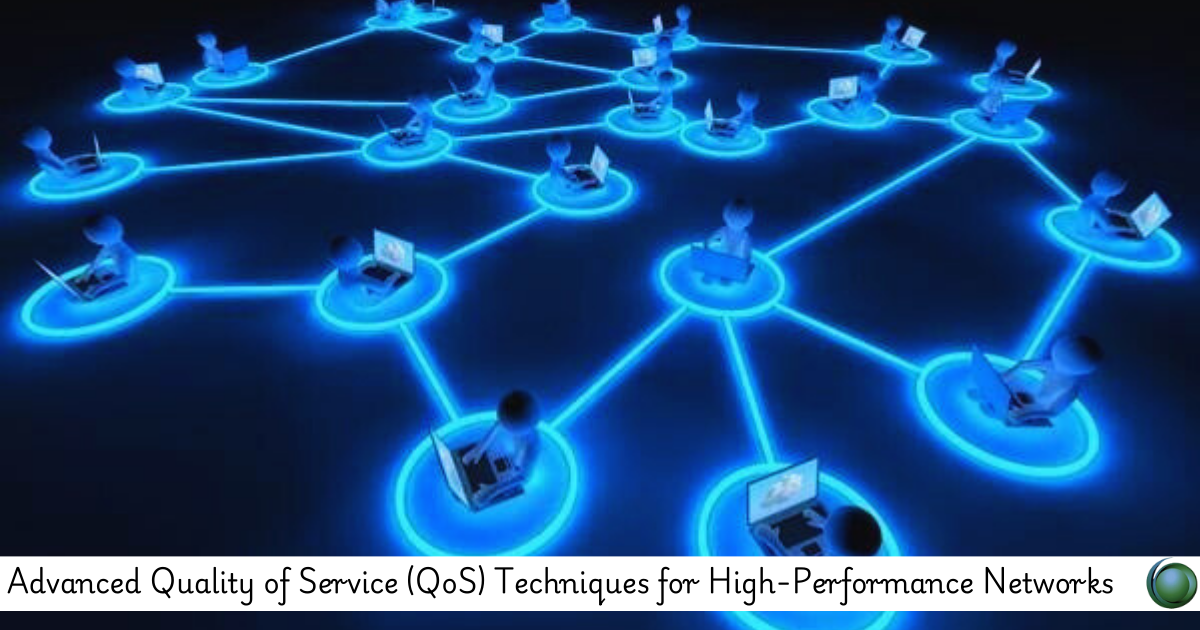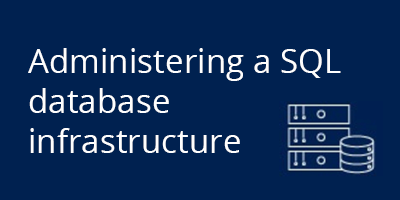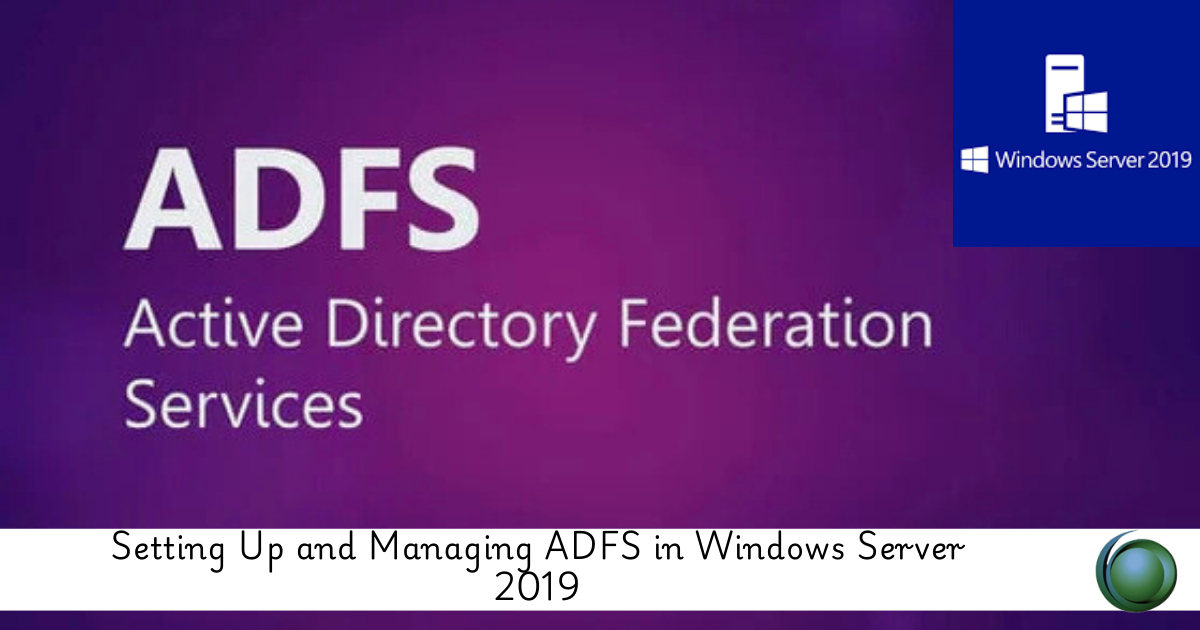Description
Introduction of QoS for High-Performance Networks
QoS for High-Performance Networks ensuring that traffic is efficiently prioritized and managed is critical to achieving optimal performance. Quality of Service (QoS) plays a crucial role in meeting the performance demands of time-sensitive applications, such as VoIP, video conferencing, and real-time data services. This course focuses on advanced QoS techniques, providing network engineers with the knowledge and tools to optimize performance in complex, high-performance environments. By implementing these advanced QoS strategies, engineers can manage network congestion, guarantee bandwidth, reduce latency, and enhance the overall user experience for mission-critical applications.
Prerequisites
- Basic to intermediate understanding of networking concepts (e.g., IP addressing, routing, and switching).
- Familiarity with QoS principles such as traffic classification, policing, and queuing.
- Experience with network device configuration and management.
- Understanding of performance monitoring tools and techniques.
Table of Contents
1. Advanced QoS Design and Architecture
1.1 Principles of Advanced QoS Design
1.2 Layered QoS Model for Complex Networks
1.3 Designing QoS for Large-scale Networks
2. QoS Traffic Classification and Marking
2.1 Deep Packet Inspection (DPI) for Traffic Classification
2.2 Advanced Traffic Marking Techniques: DSCP and MPLS
2.3 Classification Algorithms and Optimizing Marking Strategies
3. Advanced Congestion Management and Scheduling
3.1 Hierarchical Queueing Models (HQM)
3.2 Implementing Fair Queueing for Multi-Class Traffic
3.3 Advanced Scheduling Algorithms: Weighted Round Robin (WRR) and Weighted Fair Queueing (WFQ)
4. Traffic Policing, Shaping, and Rate Limiting
4.1 Implementing Policing and Shaping for Dynamic Traffic Flows
4.2 Advanced Rate Limiting Techniques for Network Scalability
4.3 Configuring Traffic Profiles for SLA Compliance
5. QoS for Real-Time and Mission-Critical Applications
5.1 Prioritizing VoIP and Video Traffic for High Availability
5.2 Low Latency and Jitter Reduction for Real-time Services
5.3 Optimizing QoS for Interactive Applications and Gaming
6. Implementing QoS in Multi-Layer Networks
6.1 End-to-End QoS in Routed Networks(Ref: Implementing Quality of Service (QoS) in LAN and WAN Environments)
6.2 Layer 2 QoS Implementation with VLAN and 802.1p
6.3 QoS in Hybrid Networks: MPLS, VPNs, and Cloud Integration
7. Optimizing QoS in Software-Defined Networking (SDN) and Virtualized Environments
7.1 Role of SDN in Centralized QoS Management
7.2 QoS Policies in Virtualized and Cloud-based Networks
7.3 Implementing QoS in Network Functions Virtualization (NFV)
8. Quality of Experience (QoE) and QoS Performance Metrics
8.1 Defining and Measuring Quality of Experience (QoE)
8.2 Advanced QoS Monitoring and Performance Measurement
8.3 Tools and Techniques for Real-time QoS Monitoring
9. Troubleshooting Advanced QoS Configurations
9.1 Analyzing QoS Failures: Common Causes and Solutions
9.2 Debugging Advanced QoS Implementations
9.3 Tools for Troubleshooting QoS: CLI, SNMP, and NetFlow
10. Scaling QoS in Next-Gen Networks
10.1 QoS for 5G and Beyond: Requirements and Challenges
10.2 QoS in High-Speed Data Centers and Cloud Networks
10.3 Optimizing QoS for Internet of Things (IoT) and Edge Computing
11. Future Trends in QoS and Network Traffic Management
11.1 The Role of Artificial Intelligence in QoS Automation
11.2 SD-WAN and its Impact on Advanced QoS Techniques
11.3 Blockchain and Distributed QoS Management
12. Conclusion
12.1 Key Takeaways from Advanced QoS Techniques
12.2 The Future of High-Performance Network Traffic Management
12.3 Preparing for Complex QoS Environments in the Next Era
Advanced QoS techniques are essential for optimizing high-performance networks and meeting the stringent requirements of modern applications. By leveraging sophisticated traffic classification, congestion management, and monitoring tools, network engineers can ensure smooth, uninterrupted services even in the most demanding environments. As networks evolve with new technologies like SDN, 5G, and IoT, understanding advanced QoS strategies will be crucial for addressing future challenges. This course provides a deep understanding of how to implement and troubleshoot advanced QoS techniques, empowering engineers to optimize network performance and meet the demands of business-critical applications with precision.







Reviews
There are no reviews yet.